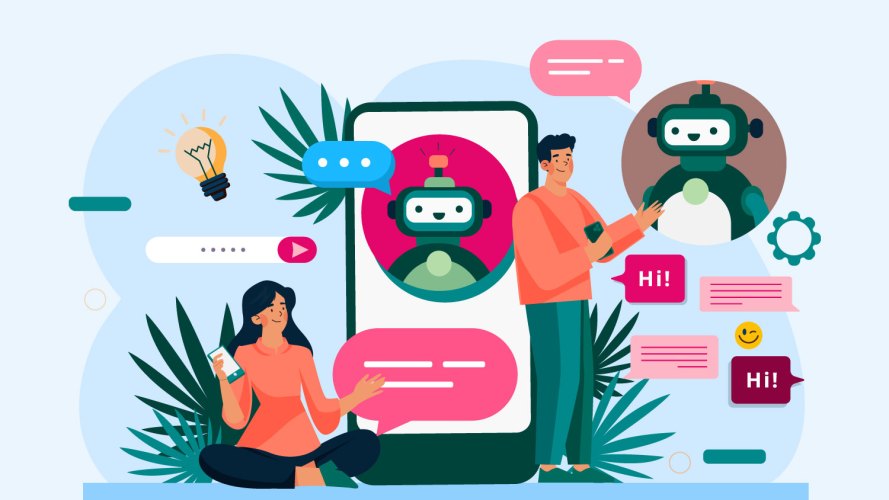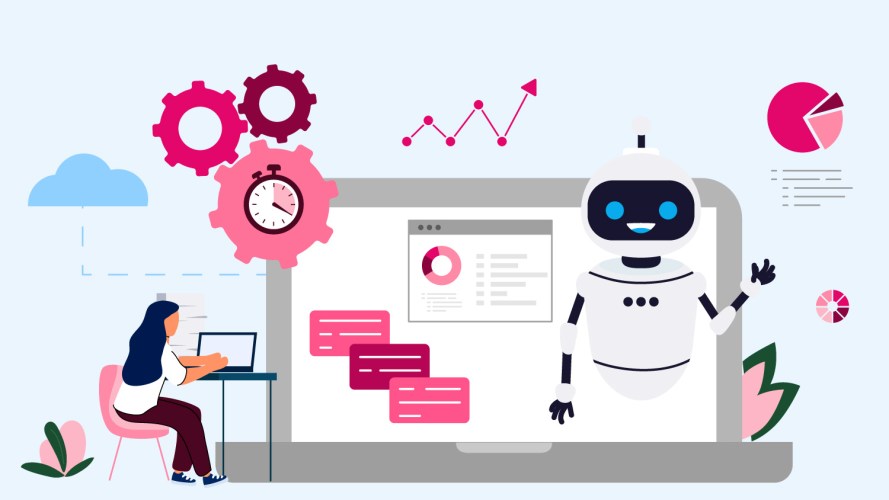The Customer Data You Crave? Your Contact Center Already Has It



With the customer data you already have, your team can provide empathetic care for complex issues, and rely on tech like automation to handle simple requests.

Ryan Nichols
We live in an age of overflowing data. It comes from all angles and all channels, and in many ways we are “spoiled” with data. It’s not necessarily easy to capture all this customer data in contact centers — or put it to good use. With budgets tightening, you need to find ways to make the most of the customer data you already have in your contact center.
I remember a recent visit to a customer where they had a white board filled with blocks and arrows describing how their customer data was going to flow into their contact center. It looked a little like a spider web. There has to be a better way for companies to make sense of their data.
With how intricate our data flows can be, it’s sometimes tough to see whether our use of data is effective. At Salesforce, we talk a lot about data flows and integration, too. It’s a constant reminder that customer data is only valuable if you put it to not just use, but good use.
Here are four ways to use your customer data to improve your customer experience.
Cost efficiency starts with knowledge
Is your team prepared for the future of customer service? For our 5th State of Service report, we surveyed more than 8,000 service agents and leaders about today’s trends and priorities.



1. Use data to let humans be humans and bots be bots
When your agents have the right data at the right time at their fingertips, they can focus on the human side of service. They will spend less time looking up and assembling data and more time using that data for empathetic problem solving.
Meanwhile, automation gets the bots working on what they are best at, such as responding with the right piece of knowledge to recommend at the perfect time.
Customers want fast, empathetic service. They want human-to-human interaction. But they also want to solve their issues as quickly as possible. You help them do that through things like self-service and intelligent bots, and save the humans for the things that humans do best: resolving the complex issues that couldn’t be resolved in any other way.
This is what we mean when we say that customer service is about people, even when it’s powered by technology. Investing in self-service and automation means that the conversations that end up being routed to agents will be issues that really need to be handled by humans.
Average handle time will naturally increase, but that’s a good thing — because it will be increasing for the right reasons. Customers will solve simple issues on their own, never needing to reach out.
Ultimately, delivering a great customer experience requires thinking in terms of automation first. Give your customers access to the same knowledge and workflows that are available to your agents, so they can help themselves.
And when they can’t, you have to expect that the resulting phone calls will take longer to resolve, and adjust your operations accordingly. That use of customer data in contact centers will help your organization run much more efficiently. Agents can spend their time on complex issues instead of easily-answered questions.
2. Use customer data in contact centers to meet customers on their terms
Contact center agents lose tons of time taking a “piecemeal” approach to gathering and using customer data. What if they had a single view of all data in one place, regardless of the channel on which the customer reaches out? This omnichannel approach enables your agents to deliver better, more efficient service.
Omnichannel means delivering a consistent customer experience across every channel, from self-service and messaging to voice and video to field service. Connecting every interaction on one platform enables you to use your customer data to provide a personalized, seamless experience.
This unlocks new levels of customer happiness and lowers cost to serve. And remember: personalized service isn’t just good for customer satisfaction (CSAT) scores, it’s also faster. When a customer can’t solve their own problem with self-service, you can easily step in to help them, without starting from scratch.
A great example of this is GE Appliances, which delivers personalized experiences at scale, not only in the contact center but also in the field. GE’s “zero distance” philosophy means being as close to the customer as possible by meeting their immediate needs using up-to-date data.
For example, a GE customer reading an article on the GE Appliances website about how to recycle an old fridge might get a personalized offer from a chatbot to recycle their old fridge for free if they buy a new one.
They’ll even be presented with an offer for a fridge that matches their preferences. This is how efficiently using the customer data you already have can turn a service experience into a purchase experience.
3. Continually improve service across all channels
Making the most of your customer data in contact centers means continually improving service. Can you learn from what you’ve done to make the customer and agent experience even better?
Voice — actually talking to a person — is a key part of this. It’s still the core of a traditional contact center and the majority of interactions between companies and customers. But voice isn’t helpful for improving service unless you’re gathering and analyzing data from your conversations.
What are your customers asking about? Which of your agents are fantastic listeners, and reflect your brand values? Which knowledge and workflows are most useful in solving customer issues?
Treat the recordings and transcripts of your customer calls as a goldmine of data, not just a quality compliance checklist. And at the end of the day, all of this data helps you put into place the next wave of automation that improves your customer experience and reduces the cost to serve.
4. Real-world example: Using data to better understand what a customer really wants
We’ve been working with a leading insurance company on reducing their cost to serve. We helped them look at the data on why customers were calling. Most of the time, customers just had a simple request that they could have easily done on their own, faster, without waiting on hold.
They shouldn’t need to talk to an agent to get a proof of insurance card. So we built an intelligent bot that used data on who the customer is, what state they’re in, and what lines of insurance they hold. This was to not just point them in the right direction, but actually give them what they’re looking for without having to call into the contact center.
The result? 74% of customers were able to help themselves.
This reduced the required size of the contact center and freed up human agents to really focus on helping customers manage the most emotional, complex issues, such as accidents. You can use customer data in contact centers in the same way, to really key in on common pain points, and find ways to make simple requests more self-service.
Trust your data to improve the customer experience
We already know that data-driven companies perform better by almost every metric. By creating a data-driven culture within your service organization, you will be able to make the most of the data you have through automation and omnichannel engagement.
Remember: there’s no single way to do it, and your data will always be unique to you and your company. But by using what you have, you will make the most of your contact center data to improve the customer experience.
Reimagine customer service in the contact center
Your customer data can power personalized, empathetic service. Learn how you can build loyalty using the right tools and the right data to improve the customer experience.






























